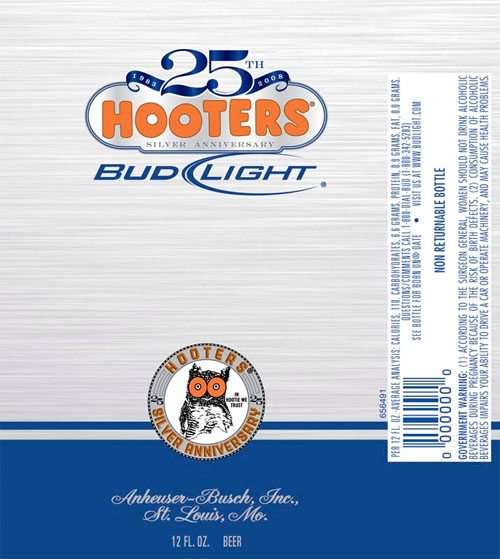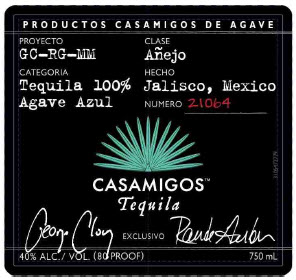Ethyl
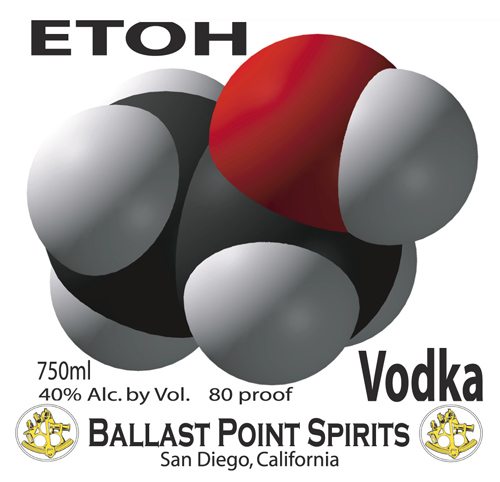
Here it is. What all the controversy is about. EtOH. It is quite possibly the most popular psychoactive substance in the world, running neck and neck with caffeine, at least among substances that don’t require a prescription or jail time. EtOH is otherwise known as ethanol or alcohol or ethyl alcohol. Ethanol is a contraction for ethyl alcohol and ethyl derives from “ether.” This particular EtOH is bottled by Ballast Point Spirits of San Diego, California.
Continue Reading Leave a CommentBeer with Garlic
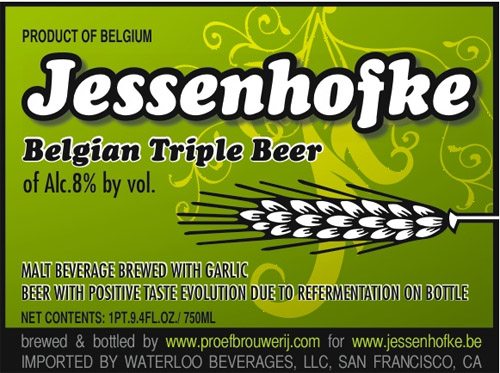
Here is Jessenhofke beer “brewed with garlic.” It is not the only one. Here is another. The Belgian label is also noteworthy because it has a detailed ingredient list.
Continue Reading Leave a CommentBacardi with Aloe
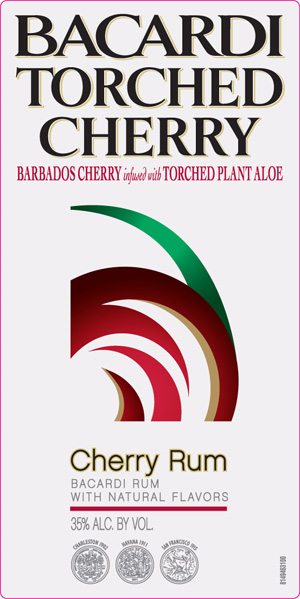
Here is Bacardi Torched Cherry Rum with Natural Flavors. It is apparently made with “torched plant aloe.”
The use of aloe as a flavor is curious because it’s not clear how aloe tastes, and various sources say aloe does not taste especially good. This product is one of very few TTB products that seem to contain aloe. Even these find no room for aloe. As of this writing, the other flavors in the line are:
- Dragon Berry
- Limon
- Peach
- Raspberry
- Orange
- Coconut
- Apple
- Melon
Apart from aloe, this label suggests TTB will allow the term “Rum” to appear larger than “with natural flavors.” And yet, on other distilled spirits specialties, such as an identical product made with a vodka base, it is unlikely TTB would allow “Vodka” to appear in a more prominent way compared to the rest of the statement of composition. It is not clear why TTB polices the term “vodka” so rigorously, but not other comparable terms, such as “rum.” Another example of this is, the government clearly allows “cherry rum” (as above) but would probably not allow “cherry vodka.” This example is easier to understand because, as a matter of law and history, rum is only made from cane products, so confusion is unlikely....
Continue Reading Leave a CommentBeer made with Vodka

This approval shows a tremendous amount of change in eight short years. First of all, it is hard to imagine that the Bureau would ever allow the term “vodka” on a beer label. Somehow I don’t think that would fly in this day and age. Further, the qualification seems to mandate the use of this term, in a particular way. The qualification suggests that the arrangement of the words may lead to controversy, rather than the reference to vodka and a famous vodka brand on a beer label. Pages 12-22 of this document show the controversy. Second, the product is gone. So is the named agency (that is, the label functions have moved from ATF to TTB). So is the person that approved it. Judy was tremendously helpful and probably had many good reasons to approve this label, in a different era. I wouldn’t want to mention the person, but for the fact that the name is right there and the memories are good. This is also a good example of a “use-up.” The approval tends to say the label is not ideal but the agency will allow it to be used for six months only. I believe TTB/ATF has allowed use-ups for many, many decades. It is difficult to imagine other agencies allowing this privilege, such...
Continue Reading Leave a Comment